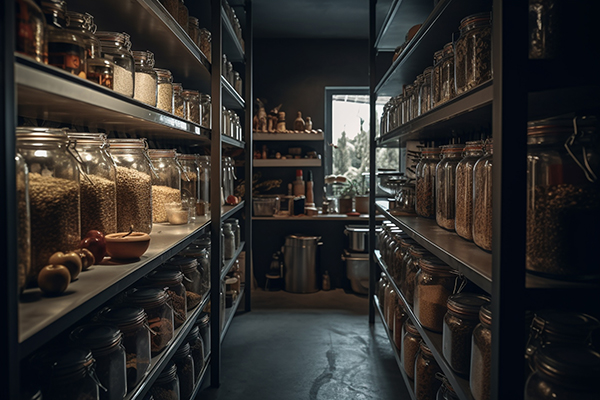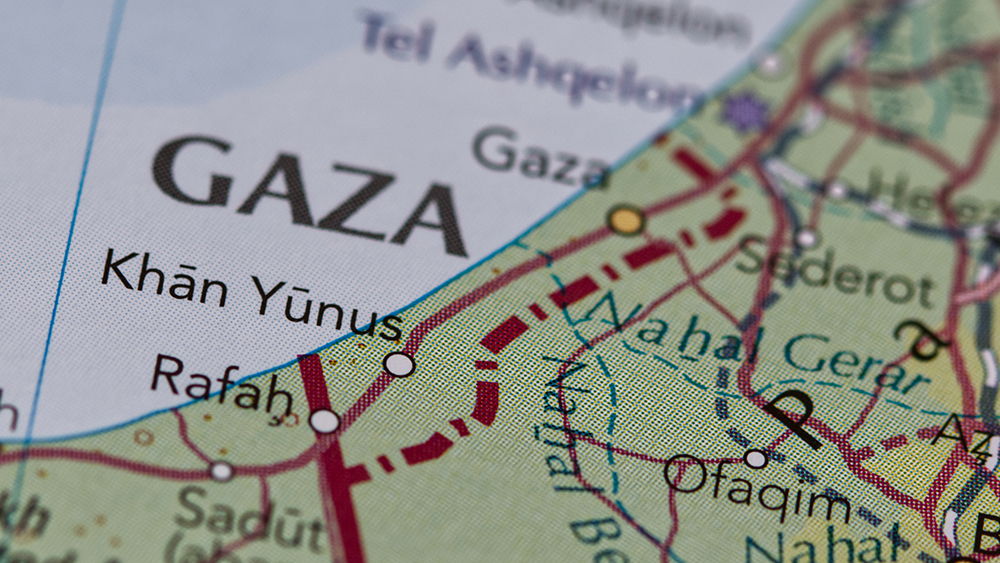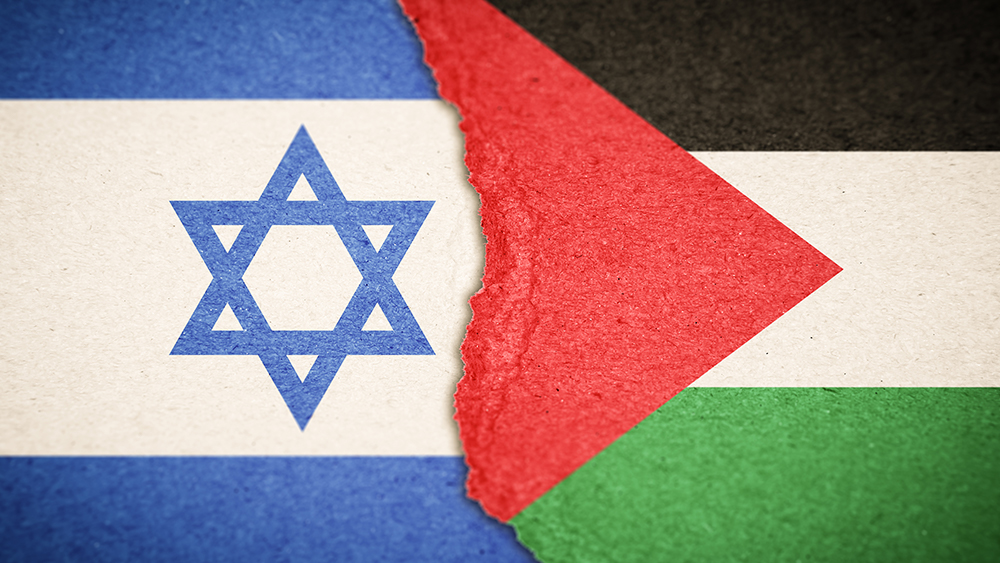 Parler
Parler Gab
Gab
Economic turmoil and rising food costs drive surge in survival gardening and prepping
As inflation strains household budgets and supply chain disruptions persist, a growing number of Americans are turning to survival gardening and long-term food stockpiling to safeguard against economic instability. Inspired by historical precedents like the Victory Gardens of World War II, modern preppers emphasize self-sufficiency as a necessity — not just a hobby. Experts warn that waiting for a crisis to begin preparing is a dangerous gamble, urging families to adopt sustainable practices now. The COVID-19 pandemic exposed vulnerabilities in global supply chains, leaving many scrambling for essentials. Yet, seasoned preppers who had already adopted a "survival mode" lifestyle weathered shortages with minimal disruption. One anonymous prepper recounted their experience: "When the opportunity presented itself to build my stockpile, even a little bit, I did. When that wasn’t there, I got by just fine on what I had." This mindset shift — treating preparedness as an ongoing practice rather than a one-time effort — has proven critical in navigating prolonged crises. Strategic stockpiling goes beyond hoarding canned goods. Savvy preppers maximize savings by purchasing discounted items — particularly perishables like meat — and preserving them through vacuum-sealing, canning, or dehydration. "Every bit of [our meat] has been bought at reduced prices," the prepper noted, emphasizing the importance of adaptability in meal planning. Historical parallels, such as Depression-era frugality, underscore the value of resourcefulness when financial pressures mount. While stockpiling provides short-term security, survival gardening offers long-term sustainability. However, experts caution that cultivating enough food to sustain a family requires significant space and expertise. "The first year is just about getting the soil into condition," the source explained, highlighting the learning curve involved. Despite the challenges, rising grocery costs make homegrown produce an increasingly attractive option. Survival preparedness is no longer the domain of fringe enthusiasts — it’s a practical response to economic and environmental uncertainties. By integrating stockpiling, frugality, and gardening into daily life, families can build resilience against future disruptions. As history has shown, those who adapt early fare best when crisis strikes. The lesson is clear: Preparation isn’t just about surviving — it’s about thriving in an unpredictable world. Tune your apocalypse dial to Preparedness.news for updates on real news about surviving any upcoming apocalyptic “events” that might occur sooner than later. Sources for this article include: Censored.news NaturalNews.com Survivopedia.comElon Musk steps down from government efficiency role as special employee term ends
By Laura Harris // Share
Gaza faces catastrophic medical shortages as WHO warns of “stock zero” crisis
By Laura Harris // Share
Health Ranger Report: Stefan Verstappen discusses community prepping and survival wisdom
By Kevin Hughes // Share
Governments continue to obscure COVID-19 vaccine data amid rising concerns over excess deaths
By patricklewis // Share
Tech giant Microsoft backs EXTINCTION with its support of carbon capture programs
By ramontomeydw // Share
Germany to resume arms exports to Israel despite repeated ceasefire violations
By isabelle // Share









